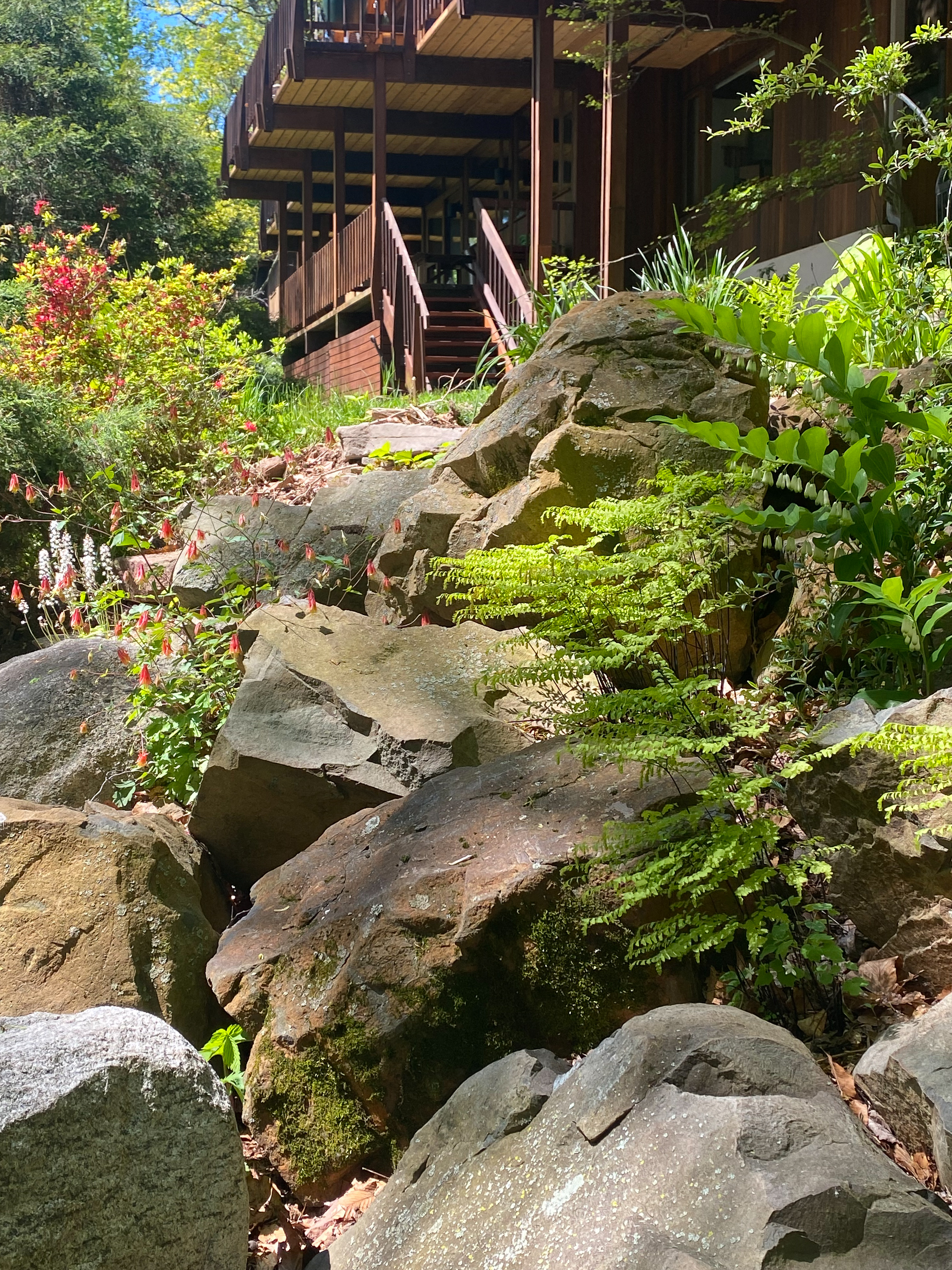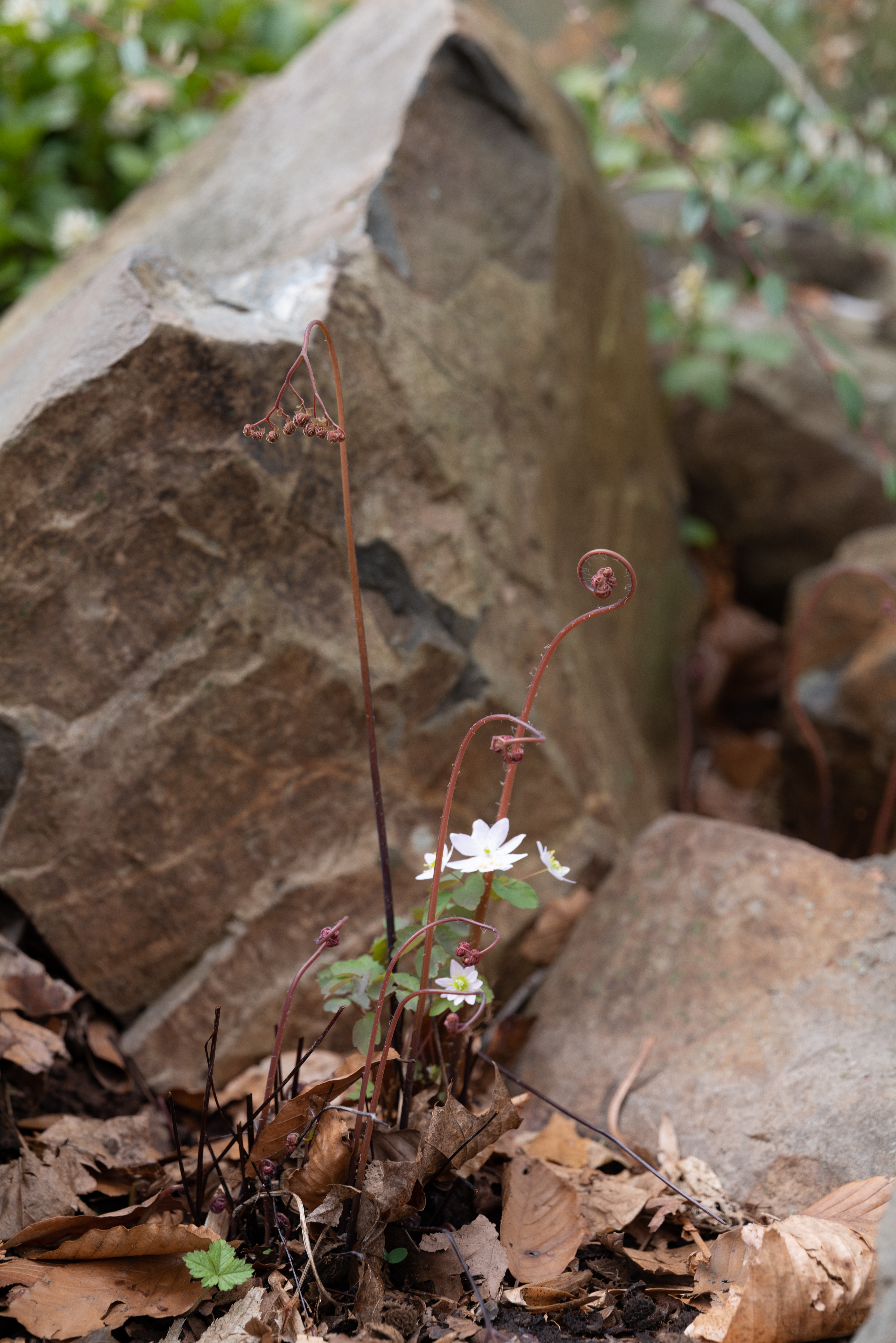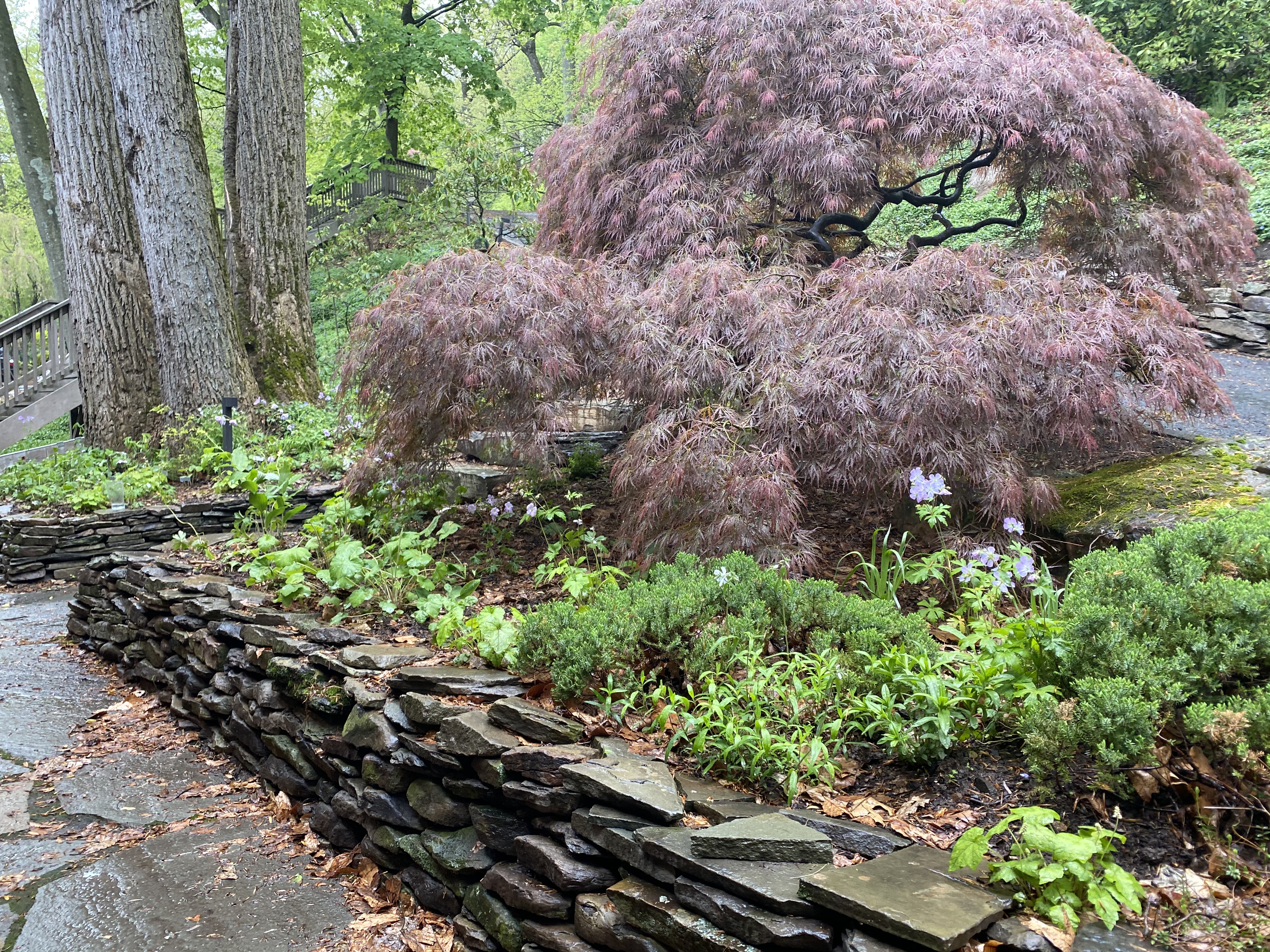
I know what I should be doing. I should be working on the Netlab book, much delayed since, no matter how important it is to recapitulate a decade of intense work, it’s more exciting to look at the future than the past. I should be working on developing new art, my main project for the year. I had a series of residencies lined up, but at this point it appears that the only one that will take place is the week I spent this past February, at Signal Culture, the successor to the Experimental Television Center. There, in the midst of a snowy New York town, I managed to bootstrap the code for Perkūnas to drive my video synthesis rig. Here is a proof of concept video.
[wpvideo oKcFZKR9]
Now what this is, why it matters, and what I actually do with it, is another story. Inspired by the Wobbulator at Signal Culture, I managed to obtain a Vectrex gaming console and had it modded to handle control voltages. This, too, proved productive, here is another experiment.
[wpvideo LDDZHYwb]
But just what do I do with all this? That was the point of this year’s investigations. My daughter had a few days off school so we went to the city to tour colleges and then the shut down we’ve all experienced. For me, the first few weeks were especially hard. We lost Michael Sorkin to the virus and then Bill Menking (as well as my first teaching assistant, the brilliant Mark Skiles) to cancer. Deep dark accelerationism. I needed to take a break. This is my first day back in the studio.
In the meantime, I’ve been spending my time in quarantine continuing gardening as a practice, establishing a native plant community on my property. I think it’s time to start writing more about this, create some kind of presence for it on my site. I’ve written about it a little before, but this hardly gives an idea of how important it has become as practice.
After living in the middle of Los Angeles, when I returned to New York in 2006, I found that I couldn’t afford to live in Manhattan or Brooklyn and since my job at Columbia was on the west side of Manhattan and my wife’s was in Nyack, NY, we wound up settling in the relatively nice town of Montclair, New Jersey. We waited out the real estate market until it collapsed and were able to find a house that could accommodate our whole family as well as my studio for less than the price of a one-bedroom apartment in the city. With it came 1/2 acre of land and—although I’d worked with the Center for Land Use Interpretation and done a lot of research on the impact of humans on the landscape—I found myself rather ignorant of my own property, never having given enough thought to what a domestic landscape might constitute.
I looked at this land—steeply sloped and partially wooded—and I wondered why it was so ugly, so unlike the wooded area Berkshires that I’d grown up in. I was shocked by the hard, clay-like red soil (it’s actually more silt than clay), which clumped together when wet but was so difficult to dig in when it was dry. Soon the twin disasters of the 2011 Halloween nor’easter and Hurricane Sandy destroyed enough of the trees on the property that I needed to rethink what I’d do here.
I knew one thing, I wasn’t very interested in what passes for landscape architecture today. Reshaping the land extensively isn’t interesting to me. I’ve done some of it, adding some dry-stacked stone retaining walls throughout the property, but I’m more interested in gardening as a radical practice. My first impulse was to grow food. I was good with that, but misguided souls who refuse to let hunting take place in this area have created a massive, deeply unhealthy overpopulation of deer and any food crops are eaten by ravenous hordes the moment they are planted in the ground. If food wasn’t an option, I started browsing the town library for gardening books until I ran across the beautifully illustrated and written American Woodland Garden: Capturing the Spirit of the Deciduous Forest by Rick Darke. Darke’s photographs depict a beautiful, ever-changing natural world that we have largely wiped out. But rather than lament it, Darke suggests that we can take action to restore the North American woodland and outlines our native trees, shrubs, flowers, and ferns in great detail. I also picked up Ken Druse’s The New Shade Garden: Creating a Lush Oasis in the Age of Climate Change, which helped guide me through this journey. Druse makes the argument that, by providing cooling shade to humans and the buildings they live in, by cooling the earth itself, and by sequestering carbon shade, gardens are critical tools in our fight against climate change. My journey began there, but only with my retirement from teaching in 2018 have I had the time to really invest in the garden. Now, with the coronavirus forcing me to abandon the projects and residencies that I’d planned for this year, I’ve turned, with renewed energy, to the woodland landscape around my house.

[Rue Anemone, Anemonella thalictroides, by an emerging Maidenhair Fern, Adiantum Pedatum]
So this is a distraction, or is it? If you are lucky enough to have some land, now is a good time to re-think it. Thoughtless architectural and landscaping practices have undone our environment, but it is possible to create more ecological communities that require far less money and effort to keep up while benefiting the environment. In a damaged world, doing something positive for the environment in our immediate vicinity can be a means of self-care as well as a means of repairing the Earth. Homeowners, collectively, need to rethink what our patches of the Earth are. Employ landscape architects and landscape designers if you want, but then take it on as a gardening practice of your own. Unless we radically democratize gardening as a practice, we won’t get this done.
The first thing to do is to furlough the landscapers, with their gas-powered leaf-blowers, lawn mowers, chain saws and pesticides. Their job is to keep your property “neat as a pin, ugly as sin.” (quote attributed to Pat Sutton). Save money, get rid of them. Since they use devices that produce huge amounts of noise and pollution and don’t wear protective equipment, you are doing them a favor in the long run anyway. Plus, if you get rid of landscapes that demand constant attention and shift to landscapes that evolve themselves, you will reduce the labor necessary to maintain your property.
Instead of a lawn kept green artificially with toxic chemicals (Roundup, for example, is widely believed to cause a variety of horrific illnesses) plus a few badly-manicured bushes from Home Depot that copiously spread their barbed offspring everywhere, why not take seriously wildlife ecologist Doug Tallamy’s wild idea that your yard can be a fragment of a national park? Not only is that an incredibly seductive idea, the reality is that if we add up the 45 million acres of lawn in the United States, we get a state the size of Washington. If, as Tallamy suggests, we get rid of half that lawn and convert it into native landscape, we’d have a homegrown national park the size of Maine.* Now, imagine that as a positive step coming out of this crisis.
It’s not a matter of talent, it’s a matter of experimentation, and a little bit of reading. Native plants don’t require excessive efforts. Choose the right plant for the right site, plant in cool weather (usually), water in the first week throughout and when it’s dry for a spell during the first year until roots establish. Some plants will die, most will survive. There are plenty of guides available online, so I won’t go over it. What we do lack in the native plant movement is enough thinking about design. I’ll be back with another post later this week addressing ways of thinking about native plants, design, and time.

[A non-native dwarf Japanese red maple that was here when I bought the property with a host of native plants now planted against it, together with a dry-stacked retaining wall that we built. Hanging up a new bird feeder (not visible here) and the construction of dry stack stone walls last year has led to a boom of adorable chipmunks who frolic merrily around our property].
*I am fully aware that some people make the argument that an argument in favor of native plants and against invasive foreign species is much like the nativist, anti-immigrant politics. To be blunt, this is a dumb position. I started writing a response but as it grew, I decided it deserves to be a post of its own. For now, if you hold this position, stop because trust me, the scientific facts are against you and I will be deploying them.